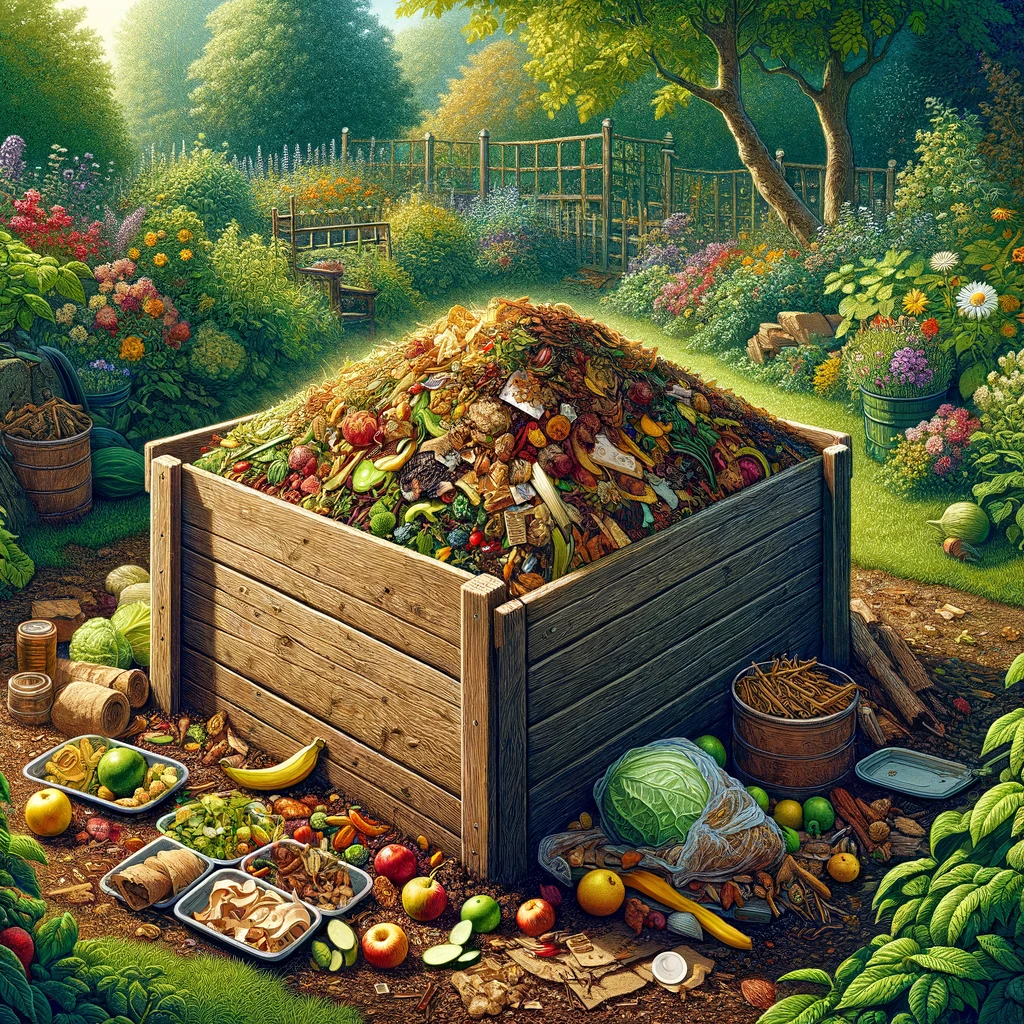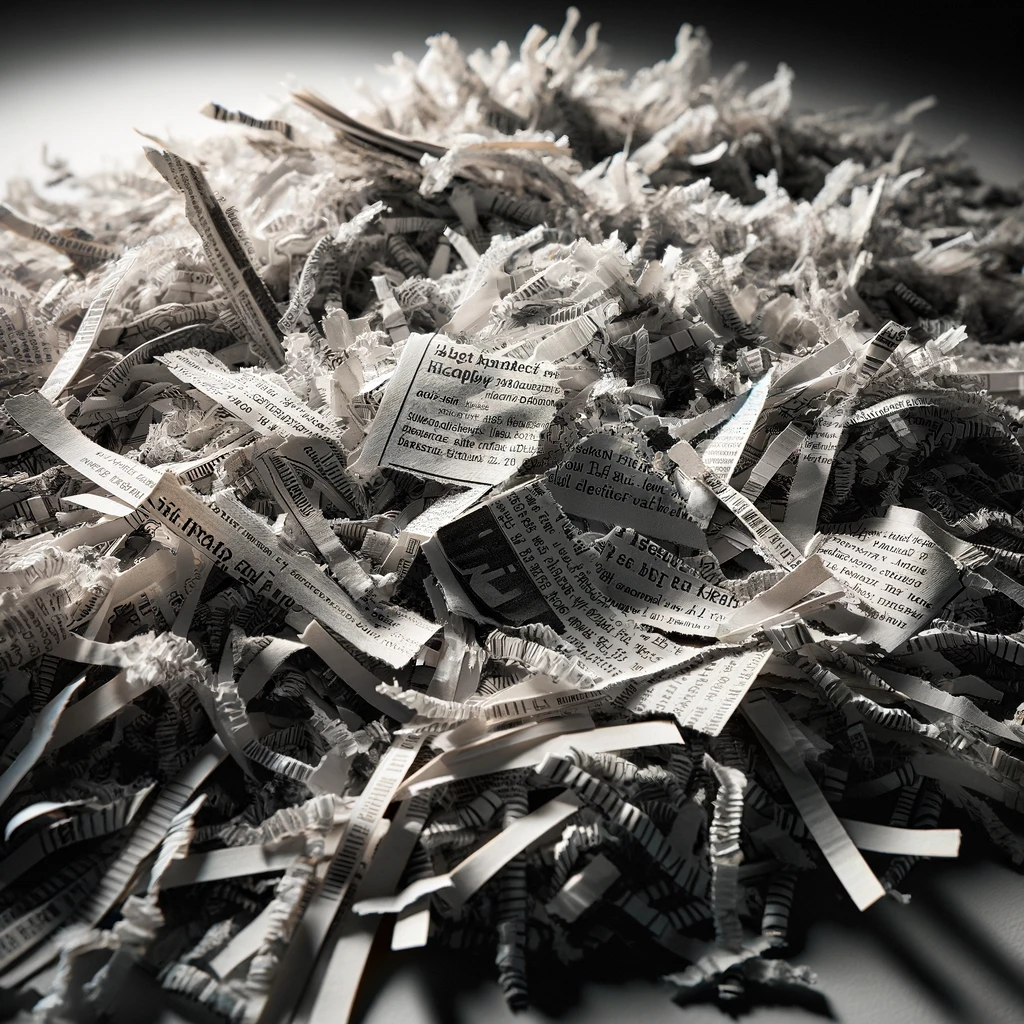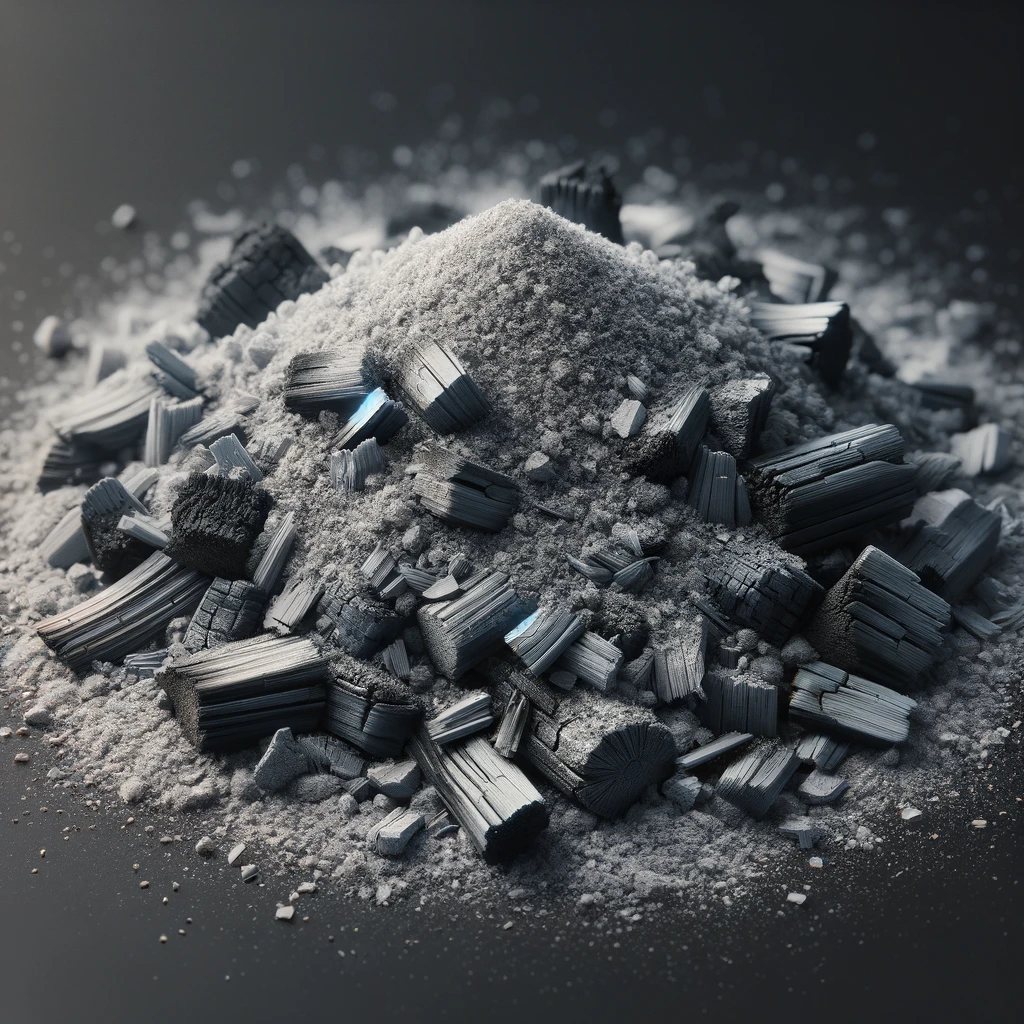Composting is a great way to reduce the waste your household produces each year. Not only does it help the environment, but it can also save you money on your trash bill. However, composting can be tricky if you don’t know what you’re doing. We’ve put together this guide on composting your food boxes.
Table of Contents
1. Start a compost pile

One way to be more sustainable is to start composting. You can create a designated area in your yard for your compost pile. If you have the space, aim for a 3x3x3-foot bin. If you’re tight on space, a smaller bin or even a simple pile will do. You can compost food scraps, coffee grounds, and eggshells. This will reduce your waste and help your plants grow! Plus, it’s really easy to do. You don’t need any special equipment – just a little space and patience. Once you get started, you’ll be surprised at how much waste you can avoid sending to the landfill. For more tips on starting your sustainable journey, check out our article on 5 eco-friendly ways to reduce household waste.
2. Collect your kitchen scraps
Collecting kitchen scraps to compost is an eco-friendly way to reduce waste and provide nutrients for your plants. You can keep a bowl or container on your counter to collect food scraps. Once it’s full, transfer it to your compost bin. Collecting kitchen scraps is easy and doesn’t take much time. Plus, it’s a great way to help reduce landfill waste. Collecting kitchen scraps is also an excellent way to provide plant nutrients. Compost is rich in nitrogen, potassium, and other essential nutrients that help plants grow healthy and strong. Collecting kitchen scraps is a simple and easy way to be more eco-friendly and support your gardening habit.
3. Add yard waste
Yard waste makes up a large part of the average person’s trash, but it doesn’t have to be wasted. Instead, you can add it to your compost pile. Leaves, grass clippings, and twigs are great additions to your compost bin. They provide essential nutrients that help to break down kitchen scraps. Plus, they help to aerate the compost, which speeds up the decomposition process. As a result, adding yard waste to your compost bin is a great way to reduce your impact on the environment. Plus, it’s a freeway to create nutrient-rich soil for your garden. So don’t throw out your yard waste – add it to your compost bin instead!
4. Throw in some eggshells
Eggshells are a great source of calcium for your plants. To add them to your compost pile, crush them before adding them. This will help to aerate the compost pile and speed up the decomposition process. Eggshells can also be used to deter pests such as slugs and snails. Scatter some crushed eggshells around your plants, and the sharp edges will discourage pests from taking up residence. As a bonus, eggshells are a great natural fertilizer. When they break down, they release nutrients that plants need to thrive. So don’t throw out those eggshells – put them to good use in your garden!
5. Coffee grounds and filters
Coffee grounds and used coffee filters make great additions to your compost pile. Coffee grounds are rich in nitrogen, an essential nutrient for plants. Used coffee filters can also be added to your compost pile; just make sure they’re made of natural materials like paper or cotton. Coffee grounds and used coffee filters help to break down organic matter, making it easier for plants to absorb nutrients. Coffee grounds and used coffee filters also help to create aeration in the compost pile, which is necessary for the decomposition process. Coffee grounds and used coffee filters can be added to your compost pile every week, and you’ll soon see the benefits in your garden. Thanks for doing your part to help the environment!
6. Add some shredded newspaper

Most people know that composting is a great way to reduce waste but did you know that it can also help improve the quality of your soil? One key ingredient in healthy soil is carbon, which helps to promote microbial activity and improve drainage. Adding shredded newspaper to your compost pile is a great way to add carbon to your soil. Just be sure to avoid any printed with glossy inks as these can contain toxins. Adding some shredded newspaper to your compost food boxes can help create healthier soil for your plants.
7. Cardboard egg cartons
Cardboard egg cartons are a great way to compost food boxes. Just make sure to tear them up into small pieces first. Cardboard is made from paper, a natural fiber that decomposes quickly. The problem with cardboard is that it doesn’t break down as easily as other materials, such as leaves or grass clippings. When added to the compost pile, Cardboard egg cartons help to aerate the pile and provide essential nutrients for the microorganisms that break down organic matter. Cardboard egg cartons also help keep the compost pile moist, which is essential for decomposition. Just make sure to add them in small pieces, so they don’t mat down and become difficult to aerate. You can also add them to your garden bed as mulch. Cardboard egg cartons will eventually break down and add essential nutrients to your soil.
8. Teabags
Most people know they can compost their food scraps, but did you know you can also compost your used teabags? Just be sure to remove the metal staples and paper labels first. Teabags are made from a natural fiber called cellulose, which breaks down quickly in the compost bin. In addition to being a green way to dispose of used teabags, composting them adds valuable nutrients to your soil. So next time you finish your cup of tea, don’t throw away the teabag—compost it!
9. Fruit and vegetable peels
If you’re looking for a way to add some extra nutrients to your garden, fruit and vegetable peels are a great option. Just chop them into small pieces before adding them to your compost pile. Fruit and vegetable peels are a great source of nutrients for your plants. They contain essential minerals like potassium and phosphorus, vitamins, and antioxidants. In addition, they can help to aerate the soil and improve drainage. As a result, adding fruit and vegetable peels to your compost pile can be a great way to give your plants a boost.
10. Nutshells
Nutshells are a great addition to your compost pile. They provide essential nutrients that help plants grow and thrive. However, nutshells can take a while to break down. If you add them to your compost pile whole, they will take up valuable space and won’t break down as quickly as other organic matter. Crushing them up before adding them to your compost pile is best. This will help speed up the decomposition process and ensure that your plants get the necessary nutrients.
11. Leaves
Leaves are a great carbon source and can help to aerate the compost pile. Just be sure to chop them up into small pieces first.
12. Grass clippings
Grass clippings are a great source of nitrogen and can help add bulk to your compost pile. Just be sure not to add too much as it can start to smell bad. Be sure that if you use grass clippings from treated lawns, avoid adding them to your compost food boxes. The grass is a perfect green addition to your compost pile because it contains carbon essential for decomposition. Grass also has a high water content which helps to maintain moisture levels in the compost pile (and we all know how important moisture is in the composting process!) Too much grass in the compost pile can create anaerobic conditions (i.e., not enough oxygen), leading to that unpleasant smell. So, when adding grass clippings to your compost pile, be sure to add them in moderation.
13. Wood ashes

Wood ashes are a common byproduct of many backyard fires and can be quite useful in the garden. Wood ashes contain high levels of potassium and calcium, which can help to improve plant growth. In addition, wood ashes can help to lower the pH of your soil, making it more hospitable for acid-loving plants. However, it’s important to use wood ashes in moderation. Because they are so alkaline, too much wood ash can damage plants by raising the pH of the soil too high. Wood ashes should also not be used on compost piles containing food scraps, as the high potassium levels can cause the compost to smell bad. When used properly, however, wood ashes can be a great way to improve your garden’s soil.
14. Sawdust
Sawdust is a byproduct of woodworking, and it can be used for various purposes, including composting. When added to a compost pile, sawdust helps absorb moisture and aerate the pile, speeding up the decomposition process. However, too much sawdust can make the compost too dry, so it’s important to use it in moderation. Sawdust can also be used as mulch or bedding material for animals. It’s inexpensive to keep your compost pile healthy and help your plants thrive.
15. Straw
Straw is an excellent source of carbon for composting food waste. It helps to aerate the compost pile, and its small size ensures it will break down quickly. Just chop the straw into small pieces before adding it to the compost bin. This will help to speed up the decomposition process and prevent large clumps from forming. Straw is a great way to add carbon to your compost pile, and it’s a great way to reduce food waste. So, next time you have some leftover straws, don’t throw them away. Add it to your compost bin and watch your food waste disappear.
Conclusion
Composting is a great way to recycle food waste and create nutrient-rich soil for your garden. Following these simple tips, you can create a successful compost pile to help your plants thrive. Be sure to add plenty of carbon-rich materials like leaves, grass clippings, and wood ashes, as well as nitrogen-rich materials like food scraps and sawdust. And most importantly, don’t forget to keep your compost pile moist. With a little care, you can turn your food waste into a valuable resource for your garden. So, what are you waiting for? Start composting today!